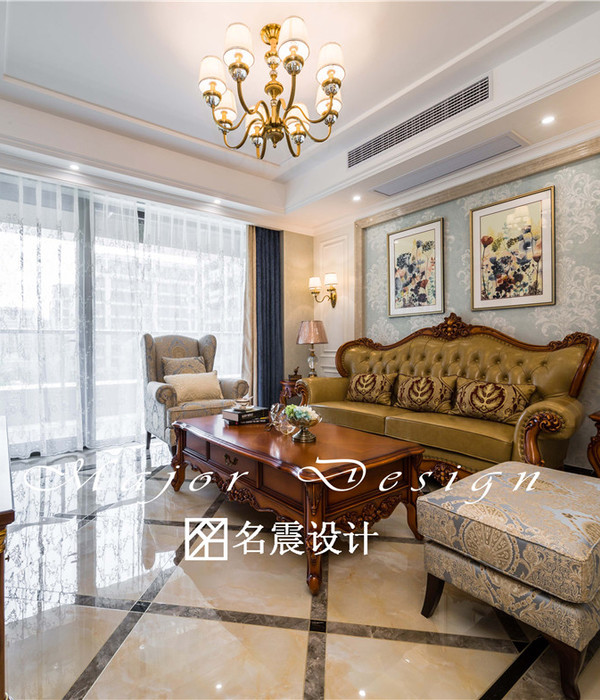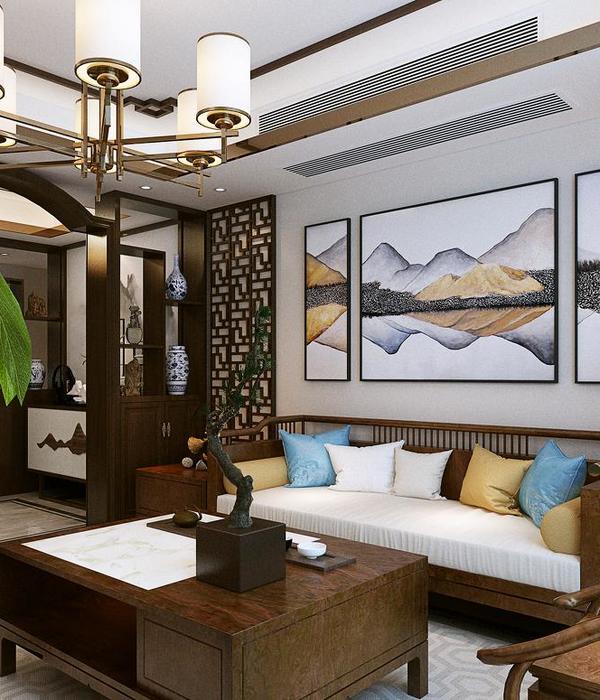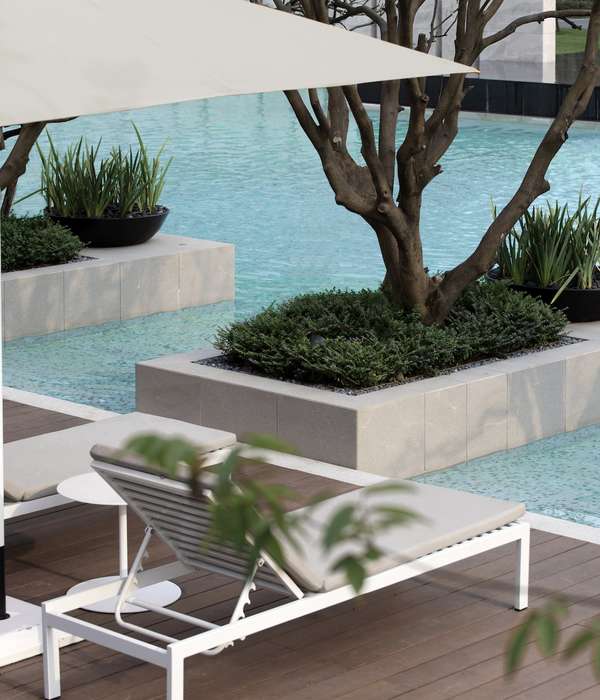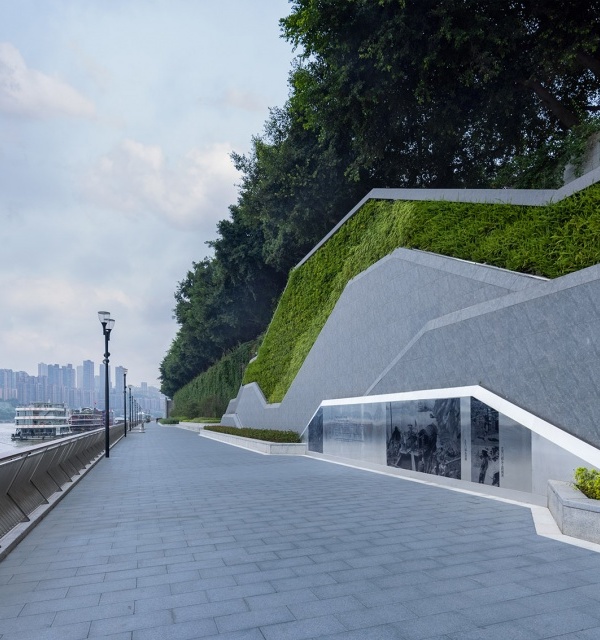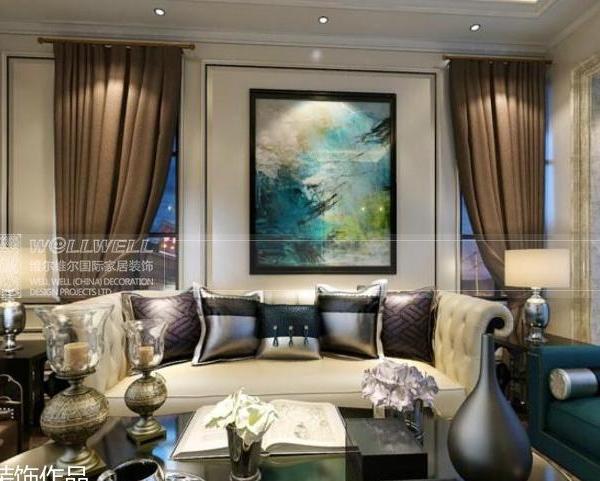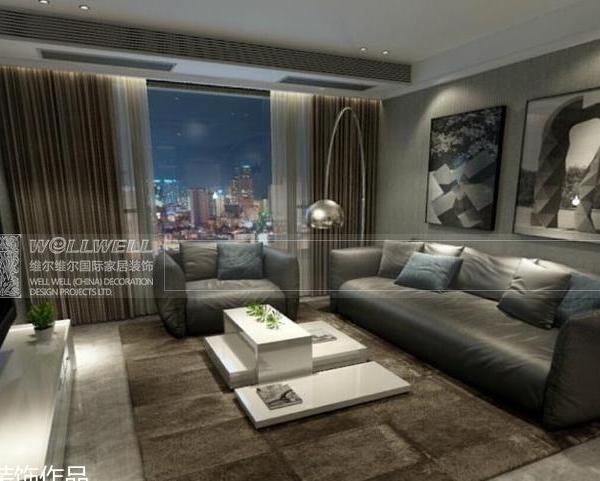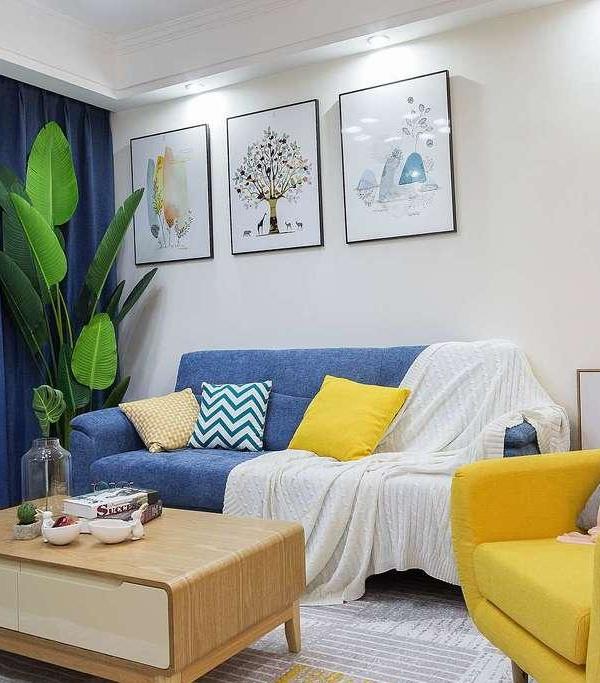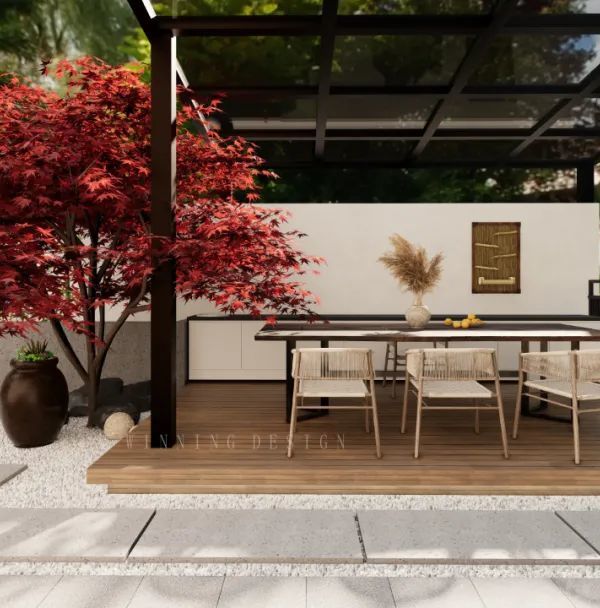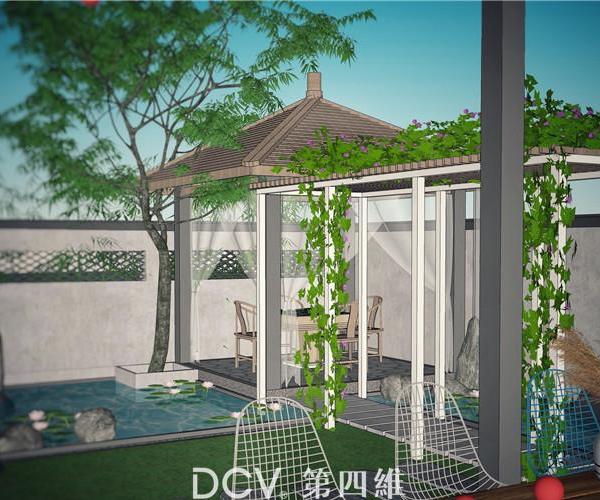"园林城市公寓"
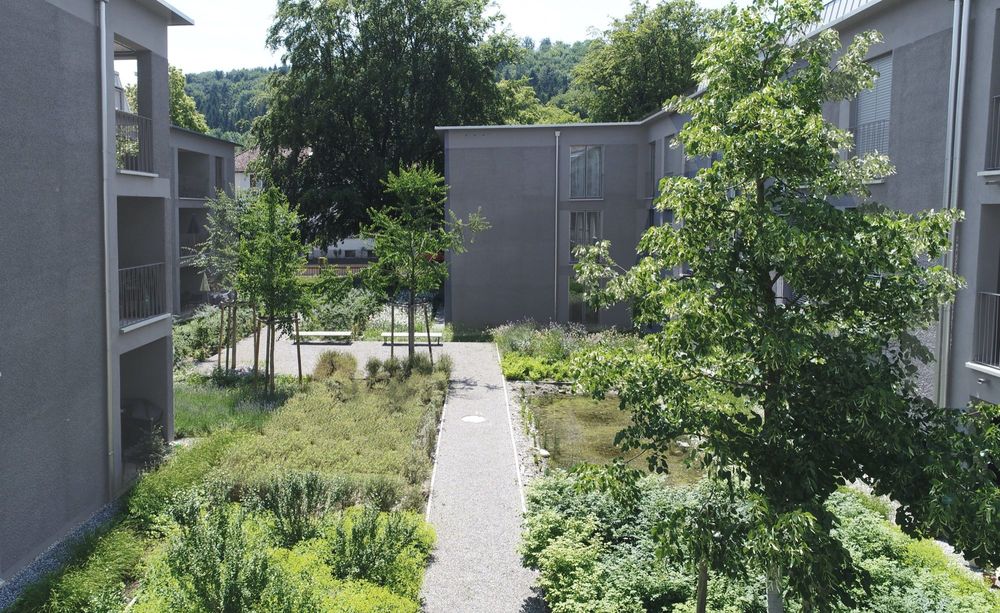
The aim of the present project and its exterior spaces is to maintain a respectful consolidation of the context of the garden city and its qualities after the densification due to a new housing project. The landscape concept is based on a field-like structure, which continues the patterns developed by the building in volumetry and floor plan with the intention of achieving a strong structural unity of the whole ensemble. The resulting field pattern also relates to the typology of the allotments and small gardens in the south of the plot. The four buildings enclose three courtyard-like outside spaces. The middle one represents the central community space with the main access to two of the buildings. The two outer courtyards have a more intimate character which is reflected in the materiality and by the different furniture elements. Every courtyard has a similar geometry, but differs slightly from the others in terms of vegetation and refurbishment to strengthen the individuality of every house.

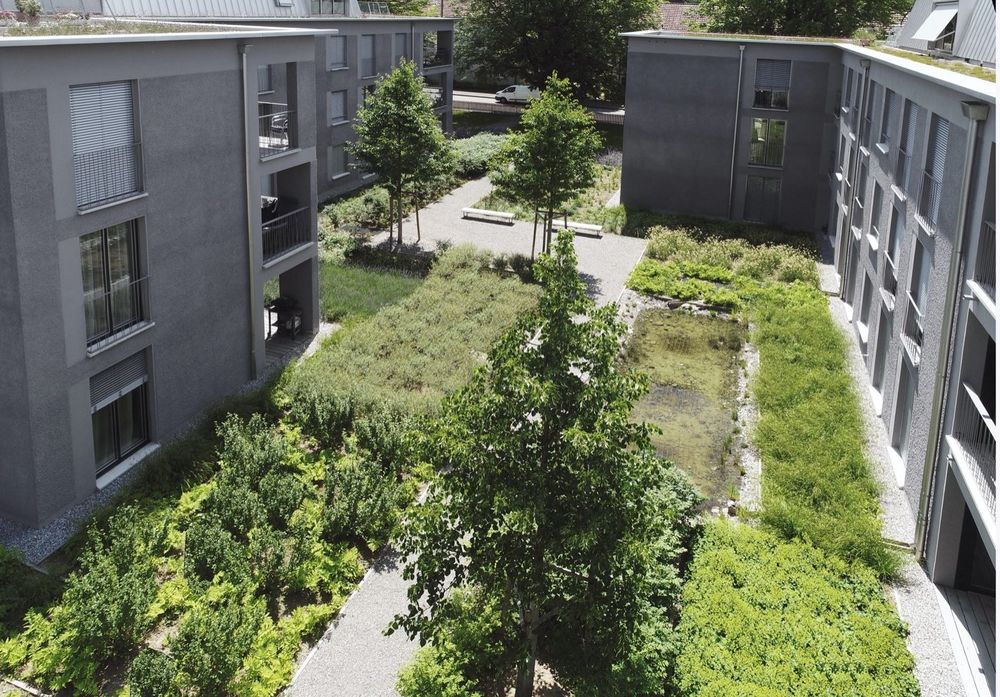
In the south of the plot huge existing beech trees constitute an impressive longitudinal park-like space serving also as filter between the street space and the housing buildings. Communitarian functions like small playgrounds are placed in this area.
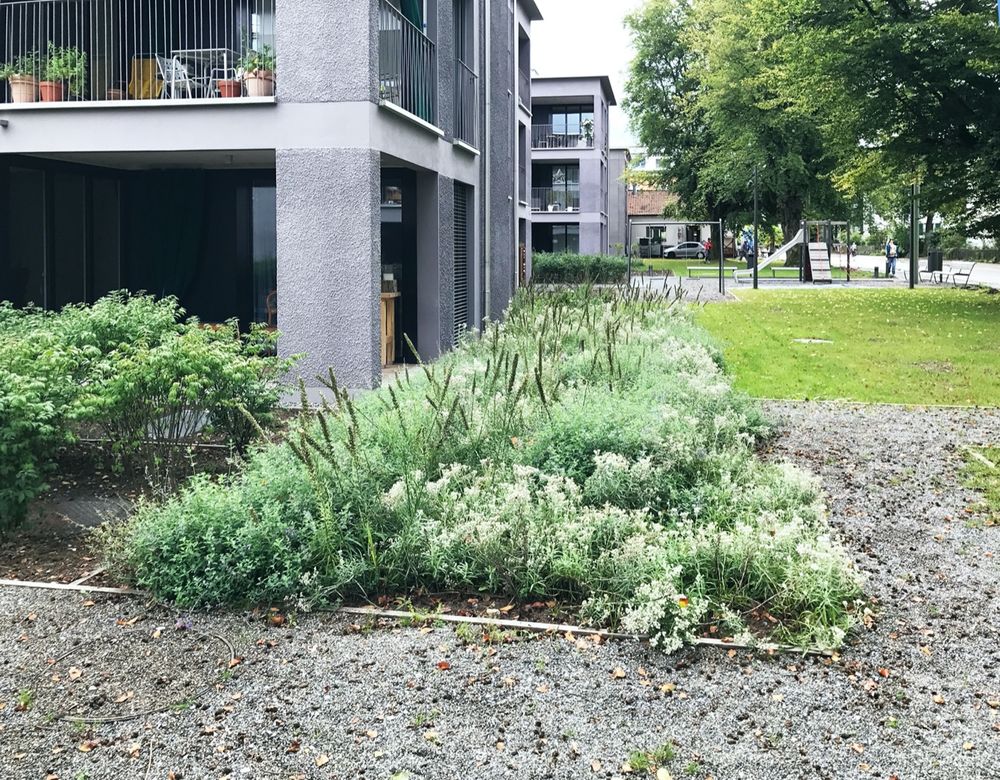
The vegetation in the field like structure is organized and chosen in order to provide intimacy to the apartments in the ground floor. In proximity to the access paths and to the street space the vegetation is higher. It is formulated as a dense garden space in order to serve as a visual filter in between the buildings, providing intimacy for the apartments. The vegetation adjacent to the buildings is lower in order to offer a higher degree of spaciousness in front of the apartments. This organization allows to distinguish the outside space into two different categories: on the one hand, the vegetation fields, which aim at providing a maximum of ecological diversity with all the different species used and changing in the course of the seasons and the years. On the other hand, we have the square like areas and the paths that are clearly devoted to the public use.
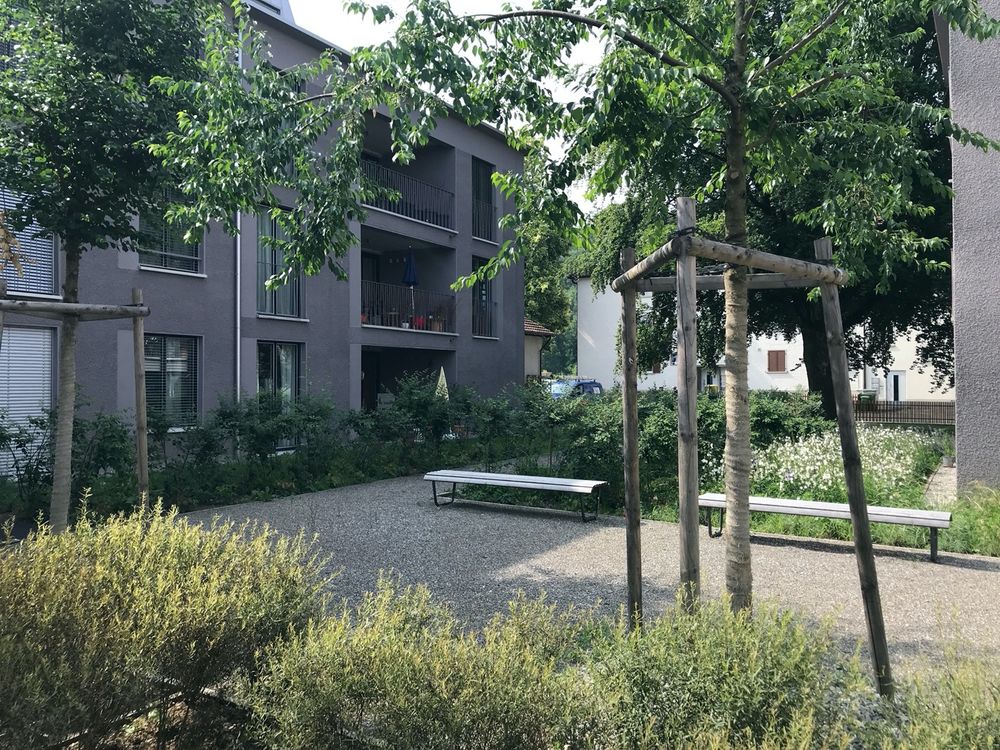

The rain water coming from the metal cladded attic roofs is introduced into a retention basin with water plants to be purified here before it drains into the ground water. The retention basin has an overflow leading into an infiltration basin planted with willow shrubs who can absorb additional quantities of water. also the water on the impermeable surfaces drains into the vegetation areas. So, all over the entire plot the rain water is purified and drained into the natural soil.



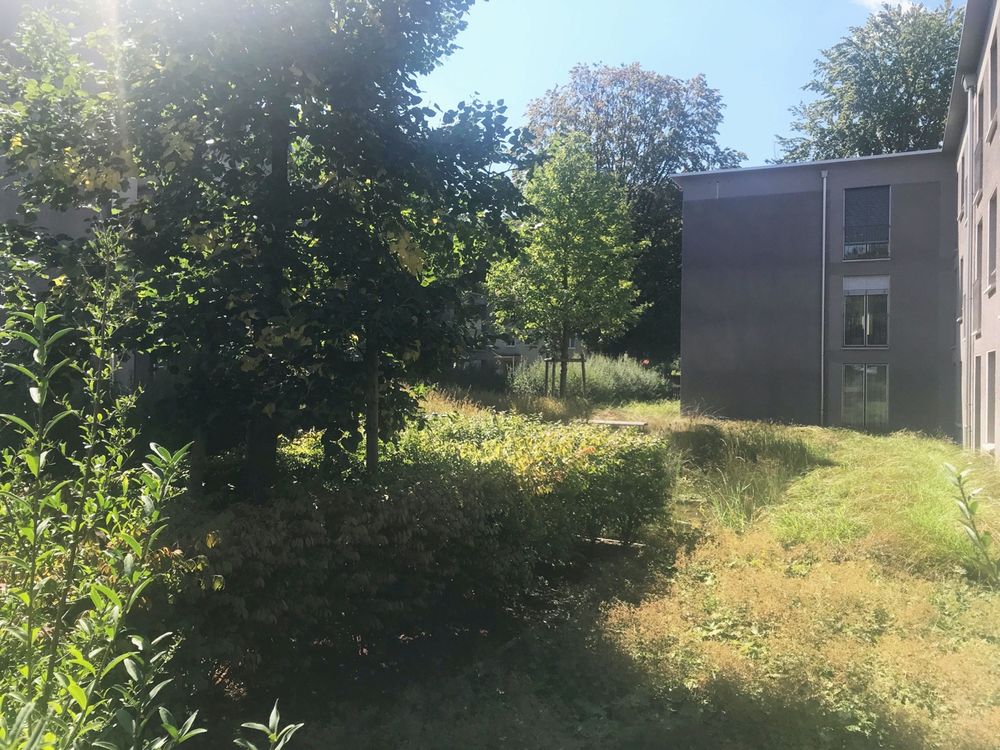

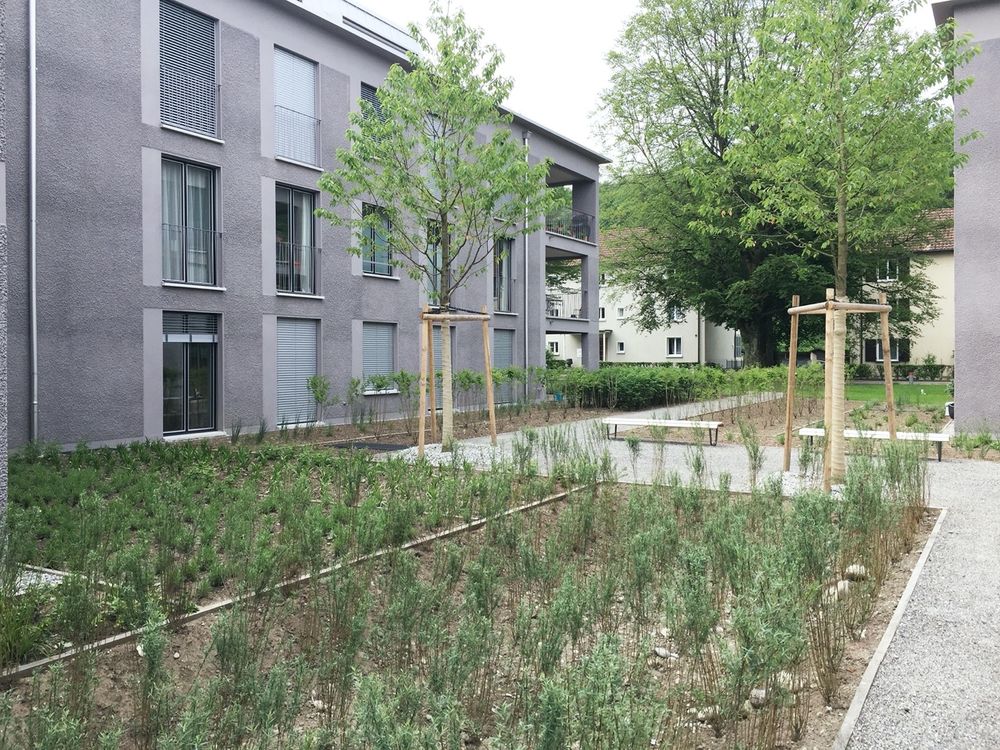
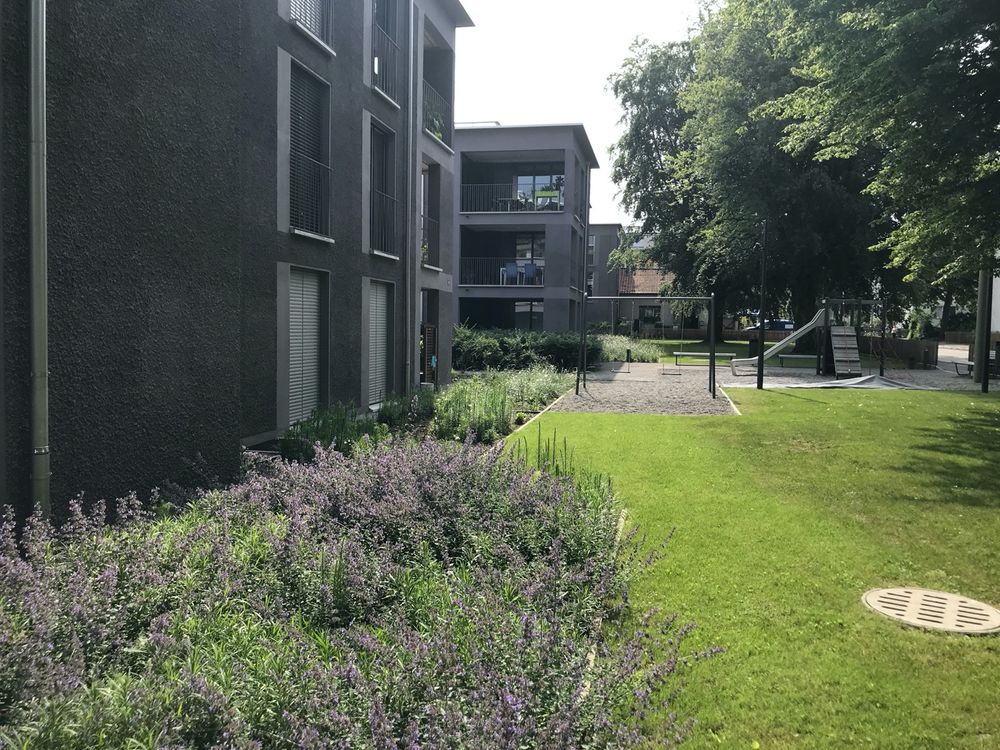
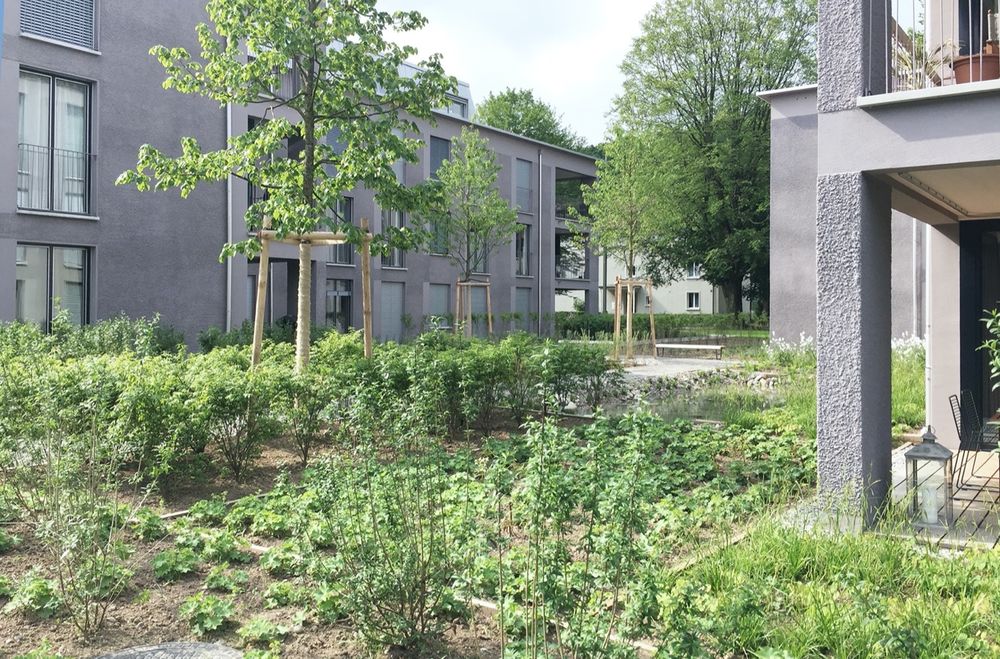

The vegetation types were selected to offer an important range of diversity and therefore also a contribution to biodiversity.
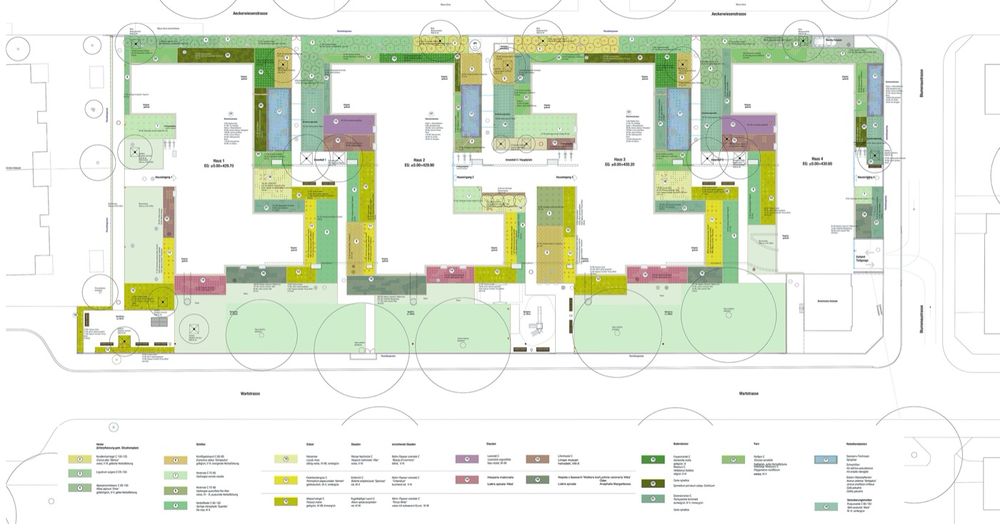
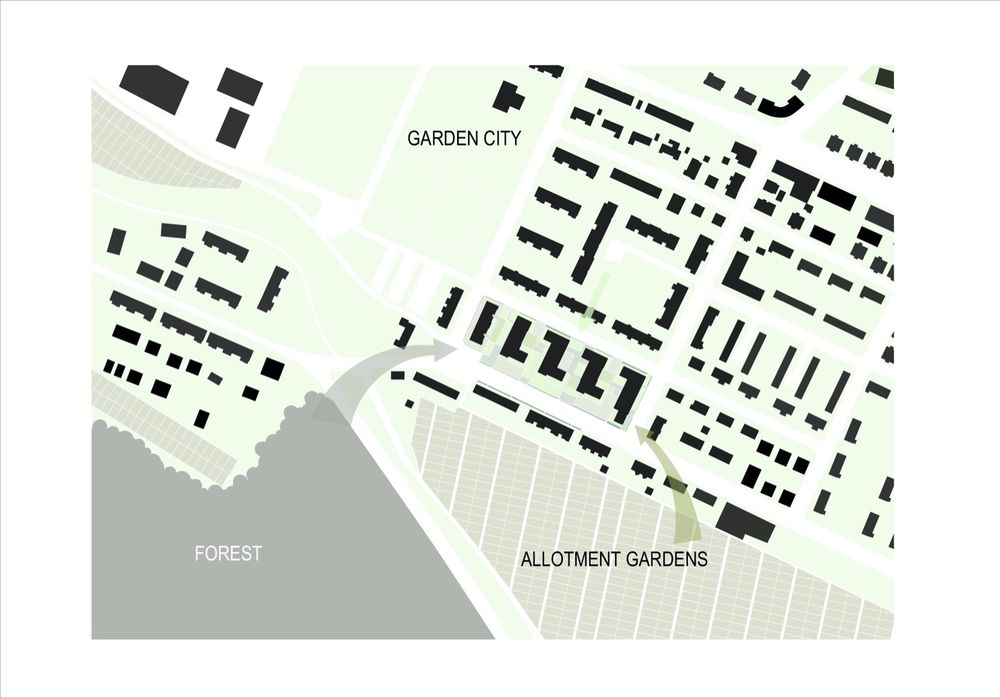
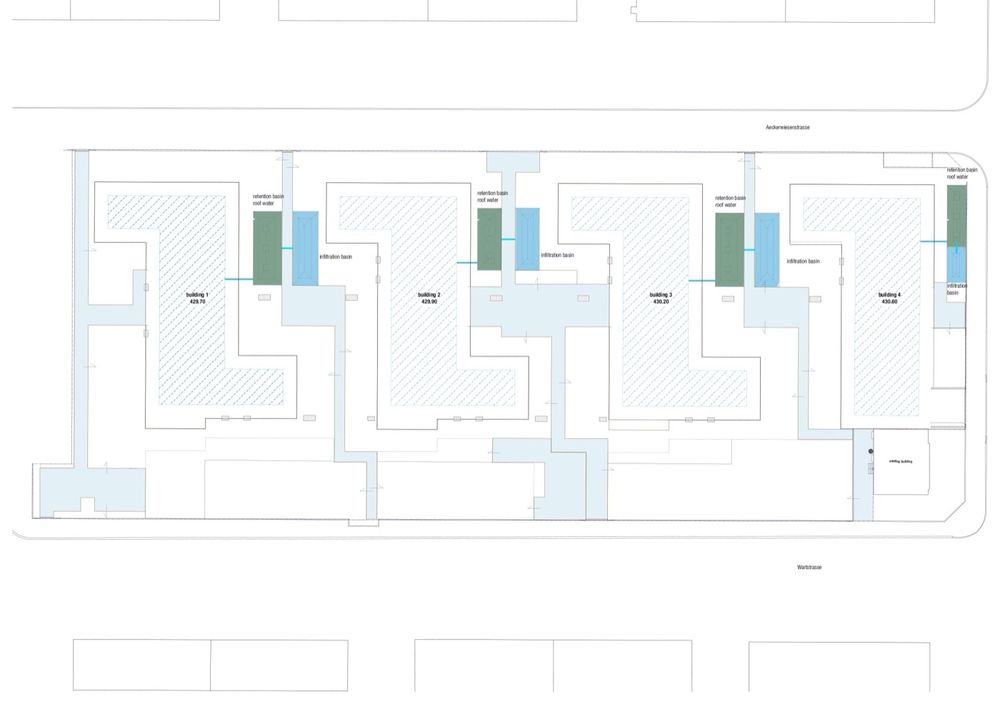
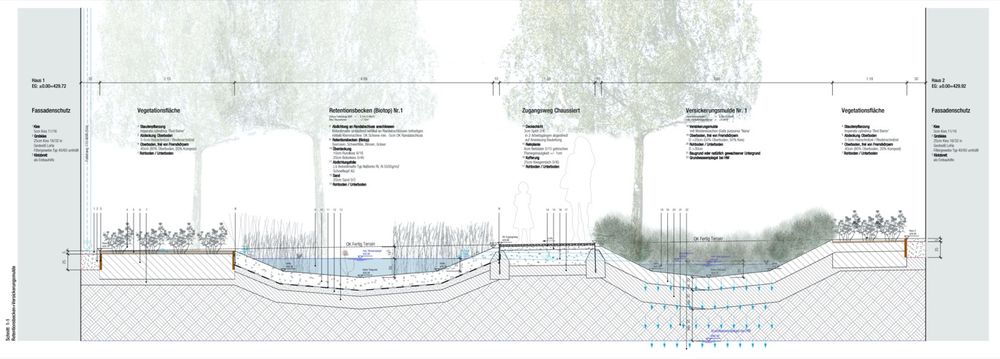
Project Data
Landscape Architecture: Neuland ArchitekturLandschaft GmbHPlanning Period: 2010-2016Building Period: 2017-2018Budget: 650’000 CHF €
Selected Project for the 11th Biennale of European Landscape Architecture Rosa Barba 2020

